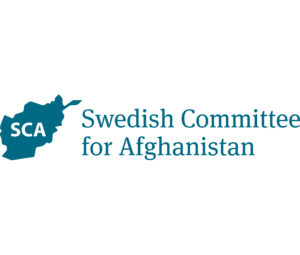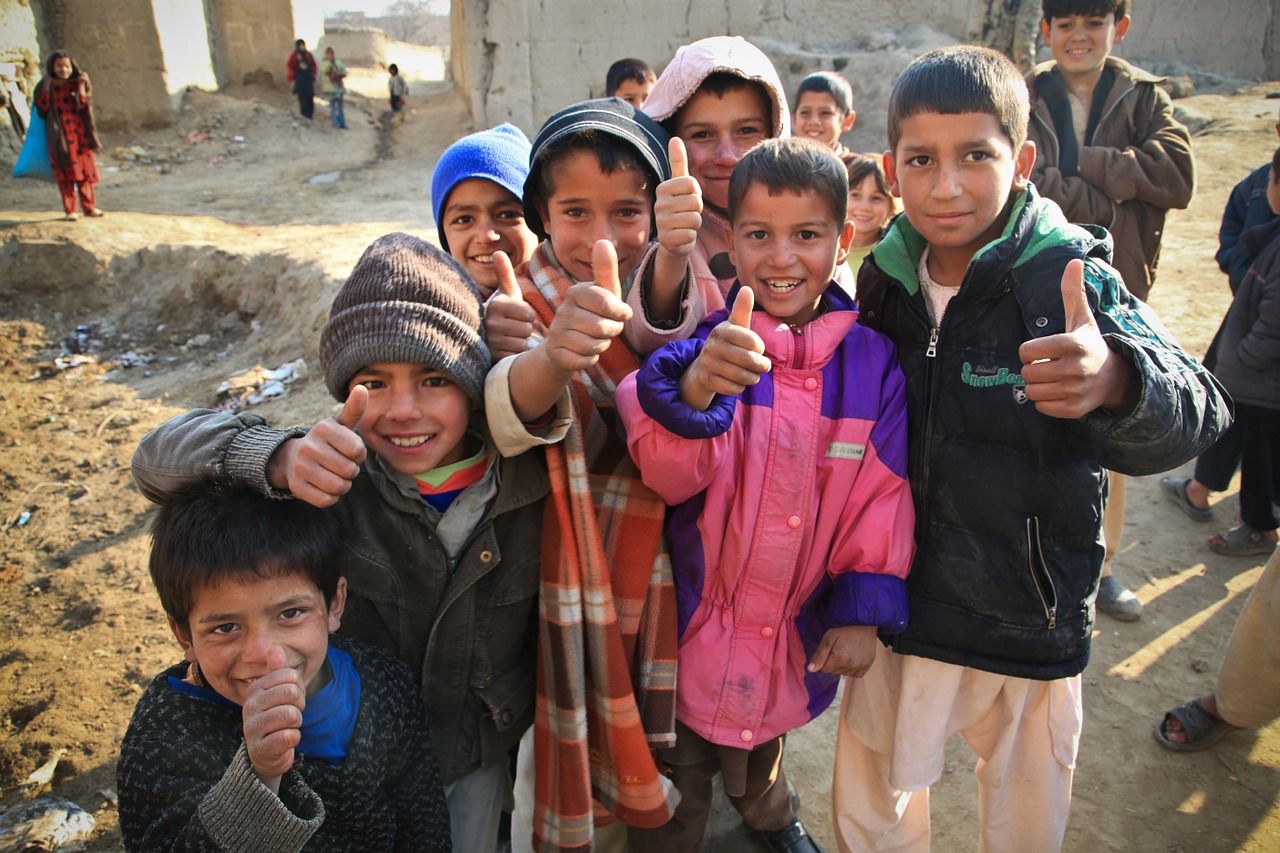The Swedish Committee for Afghanistan (SCA) has been in existence for more than 35 years. Its goal is to bring support and stability to Afghans who are struggling with the impact of war and violence on their country and their communities.
The organization is committed to maintaining operations in the country as long as necessary. The SCA currently serves as the second-largest channel for the development aid that is provided to Afghanistan by the Swedish government. Read on to learn more about the SCA and its activities in Afghanistan.
What is the SCA all about?
 The SCA was originally founded in response to the Soviet invasion of Afghanistan in 1979. In the early 1980s, the SCA was largely focused on raising funds for humanitarian support. It engaged in relief activities like providing essential health care and education to refugees and residents of occupied Afghanistan.
The SCA was originally founded in response to the Soviet invasion of Afghanistan in 1979. In the early 1980s, the SCA was largely focused on raising funds for humanitarian support. It engaged in relief activities like providing essential health care and education to refugees and residents of occupied Afghanistan.
Over time, the SCA gradually expanded its work beyond the delivery of basic humanitarian services. It became a development organization with a much broader focus.
Today, the SCA’s vision is of an Afghanistan that is free from poverty, violence, and discrimination, where all citizens can live in dignity and enjoy equal opportunity and social justice. Supporting this vision are the SCA’s 12,000 members and individual donors in Sweden as well as the more than 6,000 Afghan employees who implement the SCA’s programs in 14 Afghan provinces.
What kinds of activities and programs does the SCA operate?
The organization aims to support some of Afghanistan’s most vulnerable groups, including children, people with disabilities, and rural and remote communities. The SCA operates programs and activities across four major focus areas:
-
Healthcare
Access to healthcare and health outcomes in Afghanistan have improved in recent years. Despite this, the country’s health situation still remains a major challenge.
At present, the SCA is responsible for providing healthcare services and building healthcare capacity in Laghman province and Wardak province. In Afghanistan, it is typical for basic healthcare to be provided primarily by non-governmental organizations on a province-by-province basis.
Particular initiatives include conducting community-based health and hygiene education campaigns; training more health care providers, particularly midwives; and increasing health care access for people with disabilities.
Highlights from 2017 include: performing 2.6 million patient consultations; giving immunizations against diphtheria, tetanus, hepatitis b, and polio to 50,000 children under the age of 5; providing maternal care to more than 44,000 women; and establishing 31 more health clinics in the two provinces.
-
Community Governance
In the Afghan countryside, many local communities have severely restricted opportunities for residents to effect change, make their voices heard, and assert their rights. This is the result of conflicts, corruption, and mismanagement at the municipal level.
To help empower these communities and their residents, the SCA works all around Afghanistan. It builds the capacity of local decision-making bodies and provides education and training to local authorities.
Highlights from 2017 include: providing support to nearly 370 community development councils, which in turn implemented 65 local projects; offering training in service delivery and community rights to members of local government; and conducting social audits of community projects in three provinces.
-
Rural Livelihood
Rapid urbanization has taken place in Afghanistan over the last decade. Despite this, an estimated 75 percent of the country’s population still lives and works in rural areas. Unfortunately, many of these rural citizens, especially those in remote or isolated communities, are among Afghanistan’s most vulnerable people.
As a result of conflict, difficult environmental conditions, and natural disasters, poverty is endemic in most rural areas. As a result, the potential for long-term self-sufficiency is very limited.
To help rural citizens build secure livelihoods for themselves and their families and access new sources of income, the SCA facilitates the formation of self-help groups. These groups can save money together, develop business partnerships, and exchange knowledge and skills.
The SCA also provides practical, hands-on training in potentially income-generating activities such as poultry farming, vegetable farming, soap making, tailoring, and carpet weaving.
Highlights from 2017 include: forming over 200 new self-help groups; establishing 32 village-based saving and loan associations; granting micro-loans to more than 2,500 rural households; conducting an impact study revealing that previous loan recipients increased their household income by almost 29 percent.
-
Education
Education is one of Afghanistan’s most important priorities. The SCA is just one of many organizations working to improve access to and quality of education for children all across the country. As a result of concerted efforts by these organizations and the government of Afghanistan, more Afghan children are attending school than ever. At present, nearly 70,000 children go to SCA-run schools.
Highlights from 2017 include: a 5 percent increase in the number of children enrolled in SCA primary schools; construction of seven new school buildings, 20 washrooms, and one resource center; the provision of special education to more than 1,600 children and adults with disabilities; and mainstream school inclusion for 600 children with physical disabilities and 2,000 children with intellectual and developmental disabilities.

